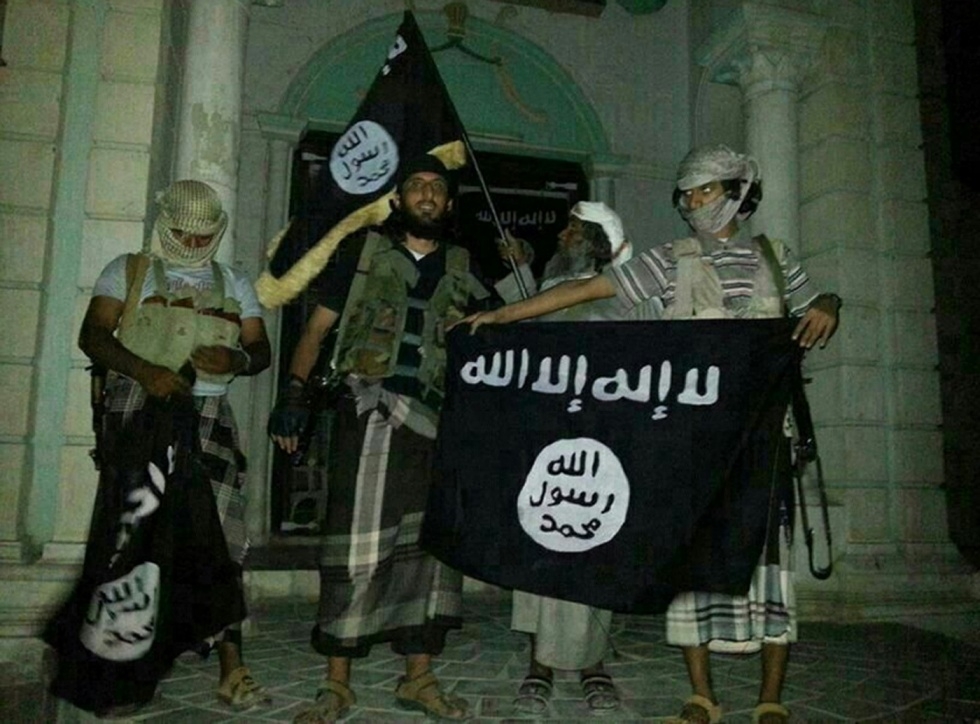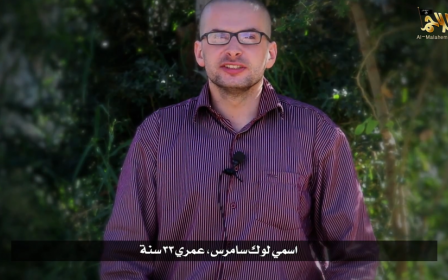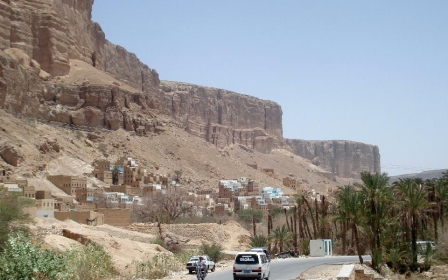Al-Qaeda in Yemen: a timeline

While the group said it had helped the Kouachi brothers stage the attack on the offices of satirical magazine Charlie Hebdo, in which 12 people were killed, it called the subsequent attack, carried out by another gunman - Amedy Coulibaly - a coincidence. Coulibaly on Friday stormed a kosher supermarket in southern Paris, killing four, and in a video released after his death pledged his allegiance to the Islamic State group, which is seen a rival to al-Qaeda. French police, however, have so far been treating the three gunmen as linked.
The US has previously described AQAP as al-Qaeda's most dangerous franchise, but analysts have largely said that their claim of responsibility should be treated with caution.
“There is no way to completely verify if the Paris attacks were directed by the AQAP leadership or whether they are opportunistically claiming responsibility for an attack carried out in their name,” Charlie Winter, a researcher at the anti-extremism think-tank the Quilliam Foundation, told the Middle East Eye.
Here is a list of key dates, helping to explain the growth of AQAP over the last 20 years.
1992
- 12 December: In the first known al-Qaeda attack in the country, bombers strike a hotel which formerly housed US Marines in the southern city of Aden. Two non-Americans die.
2000
- 12 October: 17 US military personnel killed in an al-Qaeda suicide attack on the USS destroyer Cole in the port of Aden.
2002
- 6 October: The French-owned oil tanker Limburg is damaged by a bomb-laden boat off the Yemeni coast, killing a Bulgarian sailor. Al-Qaeda claims responsibility.
2007
- 2 July: Eight Spanish tourists and two local drivers are killed by a car bomb at a historic site in Marib, east Yemen.
2008
- 17 September: 19 people die, seven of them assailants, in a double car bomb attack outside the US embassy in Sana'a. None of the casualties are Americans.
2009
- January: Saudi and Yemeni al-Qaeda branches merge to form the Yemen-based al-Qaeda in the Arabian Peninsula (AQAP).
- 25 December: Nigerian Umar Farouk Abdulmutallab allegedly tries to explode a bomb on a US airliner between Amsterdam and Detroit. AQAP claims the attempted bombing three days later. Abdulmutallab came to be known as the underpants bomber by the popular press, due to his attempts to hide the explosives in his underwear.
2010
- 5 November: AQAP claims responsibility for a plot to send parcel bombs to the United States. It also claims it put a bomb aboard a UPS cargo plane that crashed two months earlier in the Gulf emirate of Dubai, killing two pilots.
2011
- 29 May: Hundreds of suspected al-Qaeda gunmen seize the southern city of Zinjibar in Abyan province and move on to extend their control to other parts of the region.
- 26 July: AQAP chief Nasser al-Wuhayshi reaffirms his group's allegiance to Ayman al-Zawahiri, head of the worldwide al-Qaeda network since the killing in May of its founder, Osama bin Laden.
- 30 September: The US-born cleric Anwar al-Awlaqi, who is linked to al-Qaeda, is killed in a US air raid in Yemen.
2012
- 14 March: 185 government soldiers and 25 al-Qaeda militants reportedly killed in clashes on Zinjibar's outskirts.
- May-June: Yemen army ousts al-Qaeda from its Abyan strongholds. More than 560 are killed.
- 4 October: The US adds Ansar al-Sharia to its list of terror organisations, saying it is an offshoot of AQAP, which has been on the list since January 2010.
2013
- 17 July: AQAP confirms the death in a US drone strike last November of its deputy leader Saeed al-Shehri, a Saudi.
- 5 December: AQAP carries out a spectacular assault on the defence ministry in Sanaa, in which 56 are killed. It says its objective was the control room for drones targeting its fighters in Yemen.
2014
- 10 October: 47 are killed in an AQAP suicide bombing in Sana'a that targeted supporters of Shiite Houthi rebels who overran the capital in September.
2015
- 14 January: AQAP claims responsibility for the attack a week earlier on French satirical magazine Charlie Hebdo which killed 12, saying it was "vengeance" for the weekly's cartoons of the Prophet Mohammed.
Middle East Eye propose une couverture et une analyse indépendantes et incomparables du Moyen-Orient, de l’Afrique du Nord et d’autres régions du monde. Pour en savoir plus sur la reprise de ce contenu et les frais qui s’appliquent, veuillez remplir ce formulaire [en anglais]. Pour en savoir plus sur MEE, cliquez ici [en anglais].




